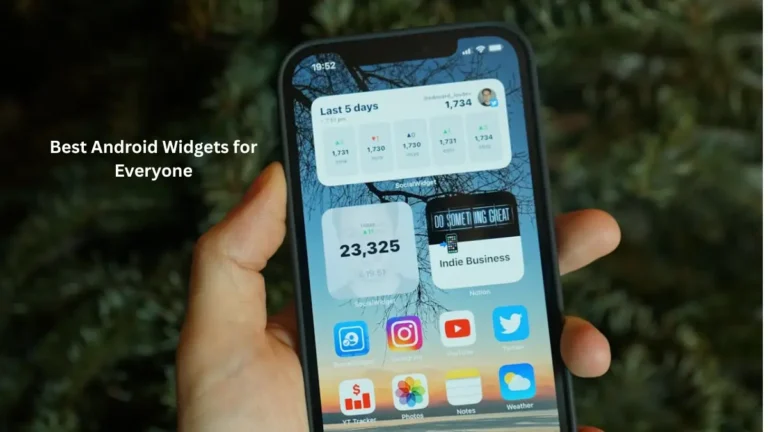Every company constructing a website, web app, or online service prioritizes user experience and time-to-market. They should be simple to use, load quickly, and deliver a consistent user experience. Using frontend frameworks to construct contemporary, user-driven websites and online apps considerably aids in achieving these goals.
In this post, we highlighted the purpose of frontend frameworks and their advantages, collected the most popular and widely used frameworks, and explained how to pick the best one for learning or project execution.
What Exactly Is a Front-End Framework?
A framework is merely a real or conceptual structure intended to aid in building useful items by expanding its structure.
A software framework is a sort of abstraction in which software provides standard functionality and may be selectively altered by programmer-written code, resulting in application-specific software. Furthermore, it sets a standard for developing and delivering applications, hence improving the circumstances for the development of software applications, goods, and solutions.
A frontend framework is a framework that makes it easier to create user interfaces for applications, often online applications. It often includes instructions for creating a file system, binding data to DOM elements, styling components, establishing routing, and performing AJAX queries.
Top Front-End Frameworks
React
React remains the front-end market leader. With its own virtual DOM, the framework stands out and guarantees constant app performance at scale. In a similar vein, teams have easier access to development because to the component-based structure.
While the React learning curve is forgiving, the availability of tools makes the process simple. Create-react-app, in particular, automates the construction process for an application boilerplate. Then there are React DevTools, which provide a browser-based debugging experience.
Angular
The framework enables developers to write, test, and edit programs using a suite of well-integrated libraries and tools. Angular has several useful functional features, including directives, filters, two-way data binding, dependencies, and others.
Angular is adaptable and works well when developing applications for several platforms at the same time. The code may be utilized for SPAs and PWAs, online apps, mobile projects, and native desktop programs.
Angular is continually expanding and gaining new capabilities. Its popularity and use are increasing as a result of its strong performance and widespread community support. It enables the company’s requirements to be met by scaling single-page applications to enterprise-grade solutions.
Vue JS
It excels at eliminating the complications that Angular developers must deal with. It is smaller and has the features of visible DOM and component-based architecture. It also has a two-way binding.
Vue is adaptable and can assist you with a variety of activities. It can handle both basic and dynamic operations with ease, from designing web applications and mobile apps to progressive web applications.
Despite being designed to improve app speed and deal with complications, it is not commonly used by market titans. This framework is used by, Xiaomi, Reuters, and Alibaba.
jQuery
jQuery is one of the earliest open-source JavaScript frontend frameworks, having been released in 2006. Despite being a real veteran in this industry, it may still be regarded as one of the finest frontend frameworks of 2022 since, with a few exceptions, it is virtually entirely applicable to present development circumstances. jQuery, in particular, is intended to reduce the arduous JavaScript code and provides simplicity, as well as solid support from its large and experienced community, as a result of many years in the game.
There is such an interesting thing as swift development. You can find a lot of detailed information by clicking on the link.
Svelte
Svelte, like React and Vue, is expected to be one of the most popular frameworks in 2021. It helps developers to create and do more with less code. You may create boilerplate-free components using a handful of the most popular programming languages, including JavaScript & JavaScript library, HTML, and CSS.
Svelte allows you to develop user interfaces that genuinely stand out. Svelte’s first version was launched in November 2016. The most recent version is 3.37.0, which was released in March 2021. It has the most recent Composition API capability.
Conclusion
Now you know the basic information about the best front-end frameworks of this year. Choose the ones you like and learn more about them. With this knowledge, you can start developing developer skills or know what to require from the team that will develop for you.
Read more: Hype About Hyperledger | Types of Hyperledger Frameworks




